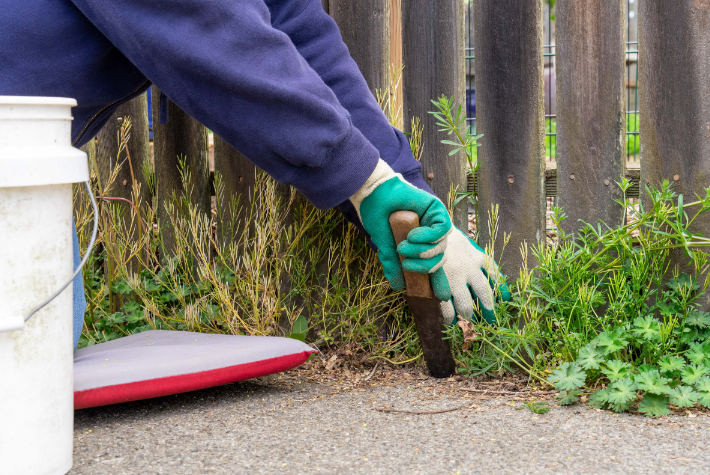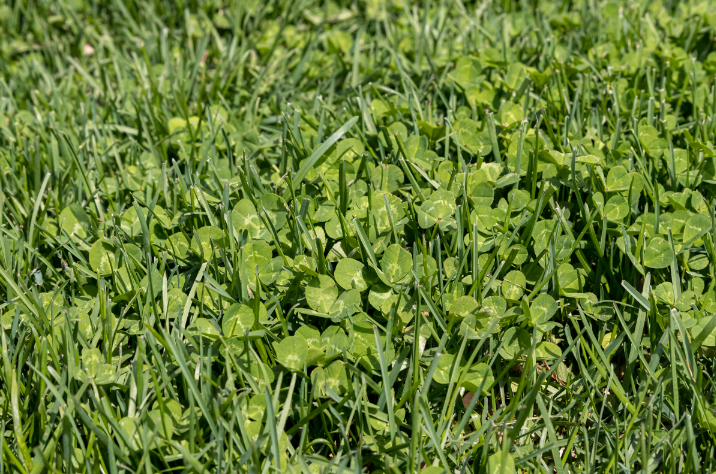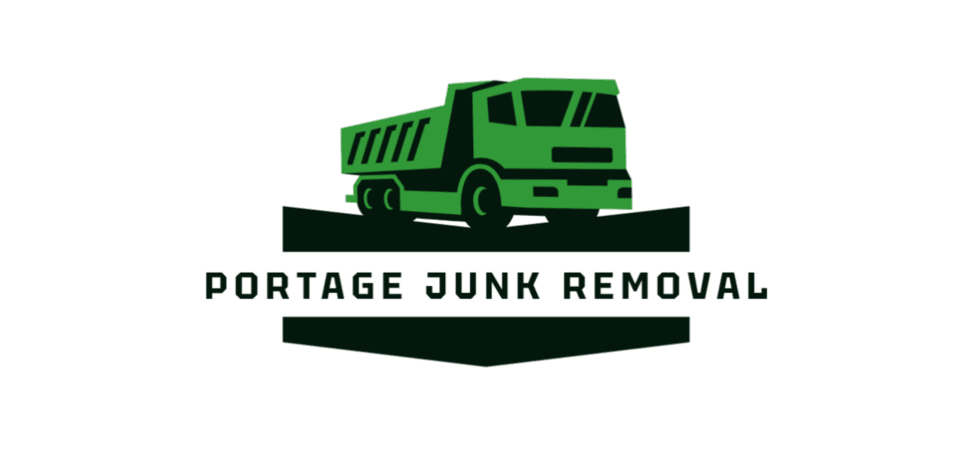Different Types of Weeds and How to Treat Them
Weeds are the uninvited guests of the garden world. They sap nutrients from the soil, crowd out your beautiful plants, and can quickly turn a well-manicured lawn into a patchy, chaotic mess. But not all weeds are created equal. Understanding the different types of weeds that can invade your lawn or garden is the first step to weed control. Let’s dive into the world of weeds and uncover the strategies to keep them at bay.

Common Types of Weeds
Broadleaf Weeds
These are easily recognizable by their wide leaves, distinct from the slender blades of grass. Examples include dandelions, clover, and plantains. They often flourish in lawns lacking in nitrogen or in compacted soil, signaling underlying issues with lawn health. Weed control starts with a healthy lawn, but spot treatment with herbicides can be necessary for stubborn invaders.
Grassy Weeds
Mimicking the grass in your lawn, these weeds can be tricky to identify and eradicate. Crabgrass and quackgrass are common culprits, sprouting up and spreading rapidly, especially in lawns cut too short or with bare spots. herbicides are best for prevention, as they stop the weed seeds from germinating, while post-emergent herbicides can tackle existing growth.
Grass-Like Weeds
Nutsedge and wild onion are prime examples, resembling grassy weeds but with a distinctly different growth habit and texture. These are particularly tough due to their resilient underground structures. They often require targeted treatments, as standard weed killers might not work as well.

Treatment Strategies
Cultural Practices
A healthy lawn is your best defense. Regular mowing, proper fertilization, and adequate watering encourage dense grass growth, which naturally controls weeds. Aerate your lawn to improve nutrient uptake, and over-seed to ensure there are no bare patches where weeds can establish.
Manual Removal
For small infestations, pulling weeds by hand can be a good solution. Ensure you remove the entire root to prevent regrowth. This method is best when the soil is moist, such as after rain.
Chemical Control
Herbicides can be a powerful tool but should be used sparingly. Selective herbicides target broadleaf weeds without harming grass, while non-selective herbicides will kill any plant they contact. Always follow the product instructions to avoid damaging your desired plants.
Weed Control Services
Sometimes, the weed problem can be overwhelming or persistent, and that's where professional services come in. We can provide a professional approach, using the knowledge of weed lifecycles and behaviors to apply treatments at optimal times, ensuring the most effective control.
Preventative Measures
Maintain a healthy lawn through proper care practices, as a vigorous lawn can outcompete most weeds. Use mulch in garden beds to prevent weed seeds from germinating and choose native plants that are less susceptible to weed invasions.
Weeds don’t have to be so troublesome to your garden. With an understanding of the different types and an integrated approach to control, you can maintain a lush, healthy outdoor space. Remember, the best weed control plan combines, physical removal, chemical controls, and professional services. If you’re battling persistent weeds, consider reaching out to our us for weed control services. Say goodbye to unwanted guests and hello to a pristine, thriving landscape.
Check Us Out!

